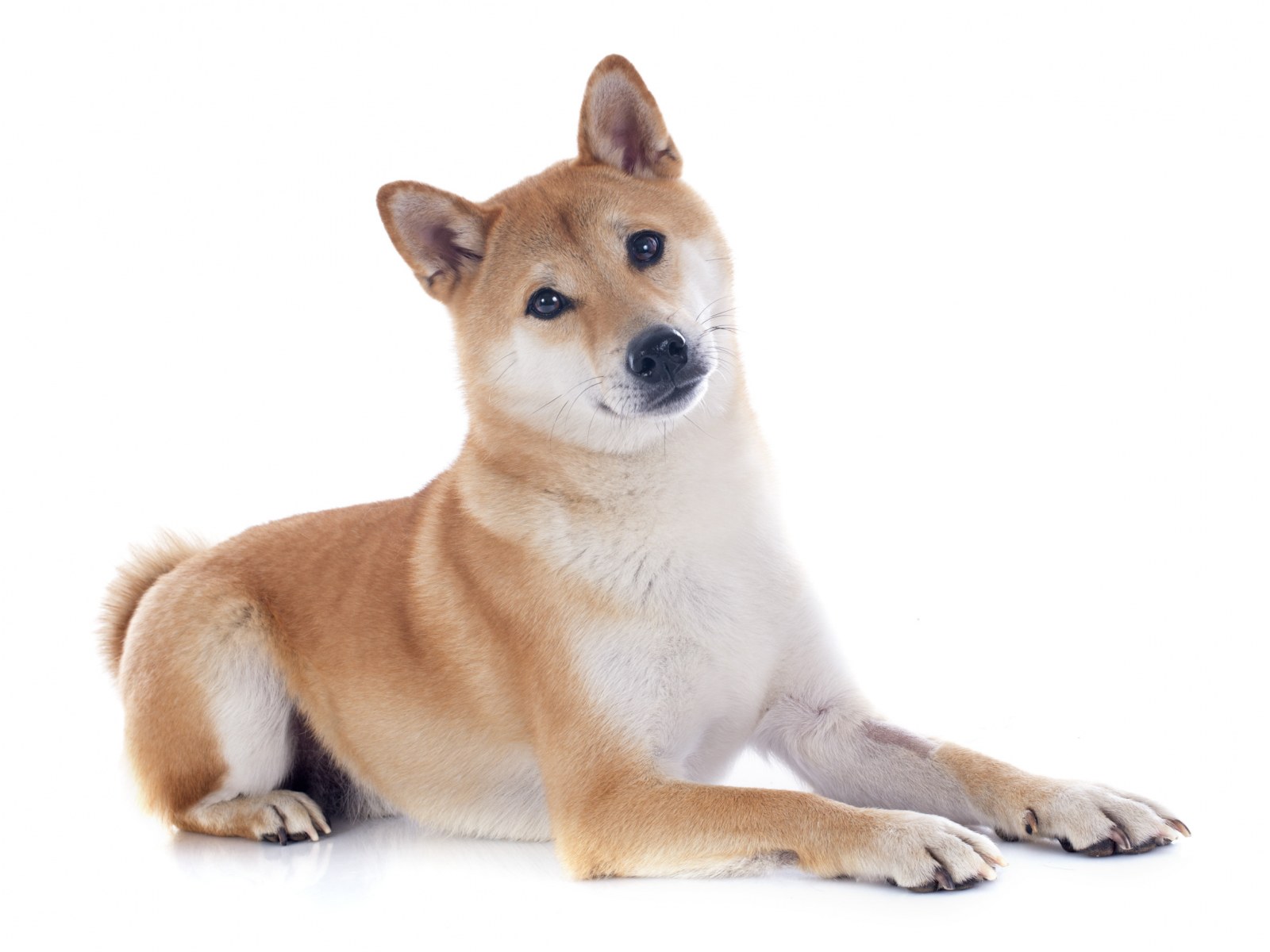A Yorkshire Terrier with trailing tresses is one of the most eye-catching of dogs. It’s also a lot of work. You may find that your schedule doesn’t allow you to keep such a coat up properly, or that it’s too restrictive for the activities you’d planned for your dog. Many people elect to keep their Yorkshires trimmed to a manageable length. There’s some pros and cons of having short cuts for Yorkies.
Pros:
- Clipped Yorkshires are cute!
- Clipped Yorkshires require less brushing, bathing, and drying time.
- Clipped Yorkshires can go swimming and hiking.
- Clipped Yorkshires are better able to compete in some sports such as agility.
Cons:
- Clipped Yorkies lack the traditional look of the breed.
- Clipped Yorkies can’t compete in conformation dog shows.
- Clipped Yorkies require professional grooming, or practice on your part.
- Clipped Yorkies will require clipping every one to three months.
If you decide clipping isn’t for you, you’ll probably want to have a professional groomer to do the job. This is a fairly common request, so most groomers will be able to give you a good idea of how your dog will look, and even some style options. One popular clip is basically a Schnauzer trim, in which the hair is left fairly long on the legs and face.
If you want to clip your dog yourself, it will take a few tries but eventually you’ll get good at it. You may even want to pay a groomer or experienced breeder to give you some basic lessons. You’ll need the following equipment for a home clip job:
- Clippers. Buy a good clipper. Cheap clippers don’t cut well, and they can grab and pull the hair. Expect to pay over $100 for a decent clipper.
- Snap-on blades. These snap on and off your clipper and enable it to trim to different lengths. Blades come labeled with different numbers; the higher the number, the closer the cut. Most clippers come with a #10 blade. You will also need either a #4, 5, 7, or 8.5 blade, depending on how short you want the coat. The #4 will leave the hair about one or two inches long, whereas the #10 leaves it fairly close to the skin. Of course, the longer the hair, the sooner you have to clip it again. A #40 blade is optional; it’s used to cut the hair on the tips of the ears, but you only need to do that if you want a show coat.
- Snap-on combs. You can also buy comb attachments that fit over the blade and allow you to keep the hair slightly longer when you cut.
- Blunt-nosed scissors.
- Moustache trimmer. This is optional, but handy.
In general, if you cut in the direction of hair growth, you’ll get a slightly longer cut that may sometimes leave lines in the hair. If you cut against the lay of the hair, you’ll get a shorter, smoother cut, but you run a greater risk of making gouge marks. Don’t worry; whatever you do can be fixed. The hair will always grow back! Of course, don’t cut the dog’s skin!
For all clips, start by using the #10 blade to clip the hair around the anus, between the thighs, around the genitals, and in the arm pits. You want the hair very short in these areas to prevent any fecal matter, urine, or dirt from getting in it, and to prevent matting in mat-prone areas.
Schnauzer Clip
- Working from the top of the dog to the bottom and rear to the front, and going against the growth of the hair, use the #7 blade to clip all the blue hair away. Start at the base of the tail and the back of the legs, and work forward to the base of the skull and front of the chest. Clip hair under the dog as well, including under the neck up to the head. This should leave the dog with short hair wherever his blue hair is, or with short hair on his body down to the level of his elbows and knees.
- You may leave the hair long on the tail if you wish, or clip it as though it were part of the body.
- Use scissors to trim around the foot pads and cut off any hair that drags on the floor.
- Comb the hair around the face forward, and use scissors to cut the bangs just above the eyes. If you prefer, you can first form a topknot, and cut the rest of the hair around it, but leave the topknot intact.
- Using your fingers to hold and measure the hair around the face, continue to comb it forward and cut it to the same length as the bangs, or a little longer, so that it frames the face in a circle, including the chin.
- Angle back from the dog’s nose at about a 45-degree angle, so the hair is shorter near the tip of the muzzle and gets gradually longer farther back, until it reaches the line between the head and neck on the sides.
- Scissor the hair under the jaw so it gradually meets the short hair of the neck around the jaw line.
Puppy clip. Do exactly as you did for the Schnauzer clip, except use a #10 blade with a snap-on comb attachment. The body coat will be longer than with the Schnauzer clip.

